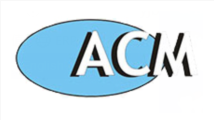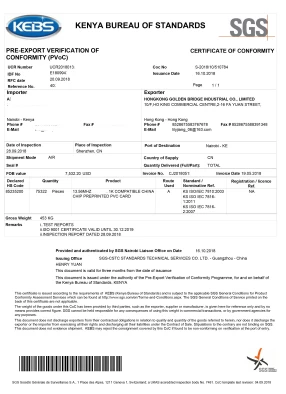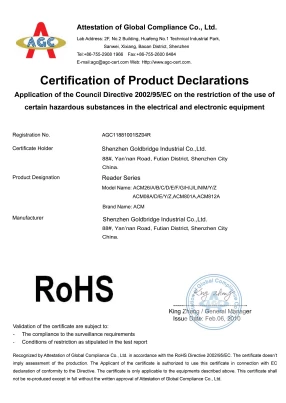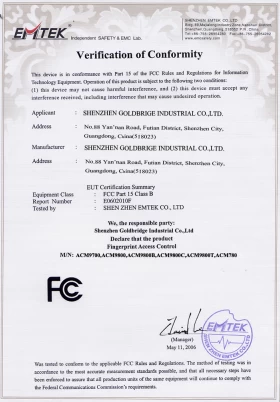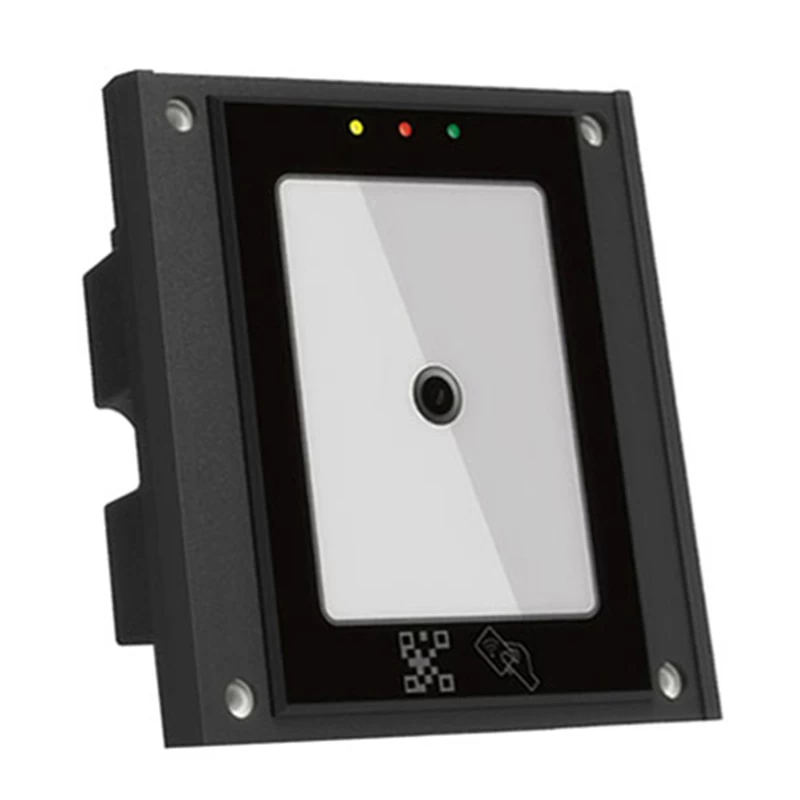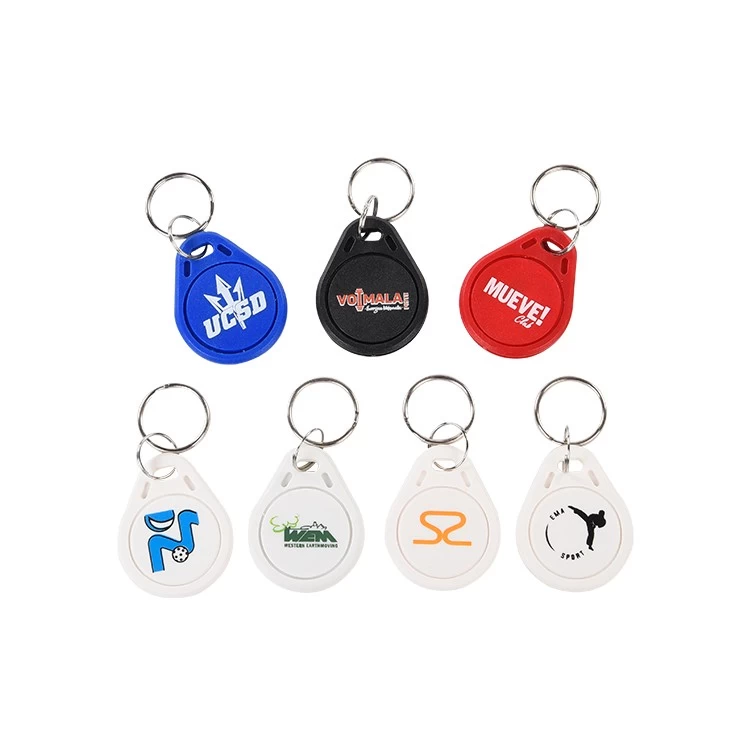Application of RFID Technology in Animal Management of Animal Husbandry
Lucy
2019-07-26 20:21:58
In the last 10 years, animal epidemics have been breaking out all over the world, seriously hitting the livestock industry all over the world, especially in Europe. This has attracted great attention of all countries in the world, especially in Europe. Prompting governments to quickly formulate policies and adopt various measure. So, countries around the world have strengthened the management of animals in animal husbandry and commerce, and the identification and tracking of animals has become one of the major measures taken by countries. For example, the British government stipulates that various tracking and identification methods must be adopted for cattle, pigs, sheep, goats, horses and other breeding animals.
Identification and tracking of animals
Animal identification and tracking refers to a technique that uses specific RFID ear tags to correspond to the identified animals by a certain technical means and can track and manage related attributes of animals at any time.
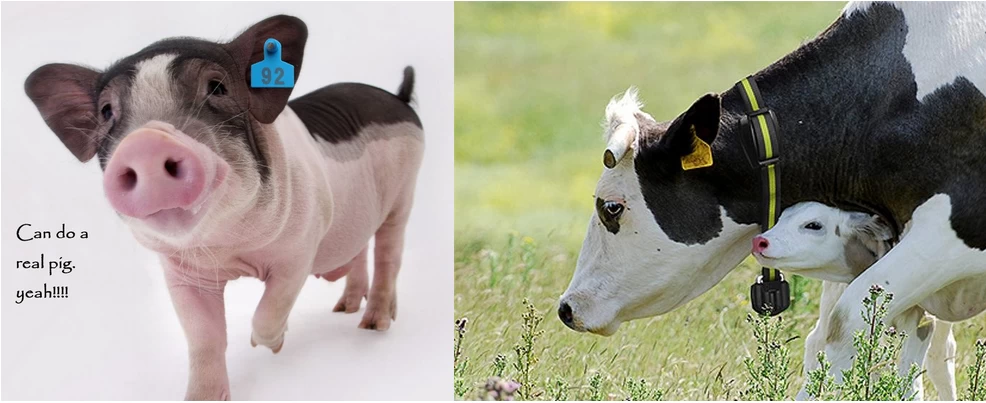
Identification and tracking of various animals can strengthen the control and supervision of exotic animal diseases, protect the safety of native species and ensure the safety of international trade in animal products. It can strengthen the government's vaccination and disease prevention management of animals, improve the ability to diagnose and report animal diseases, as well as the emergency response to domestic and foreign animal epidemics. Therefore, the identification and tracking management of animals is not only a need for animal husbandry, but also a national government act and international behavior.
Identification and tracking of cattle
Currently, a tracking system for cattle has been established in Europe. In September 1998, the UK announced the Bull Tracking System Program. At the end of 1999, the member states of the European Community implemented this system plan.
The British government stipulates that cattle born or imported after July 1, 2000 must be digitally identified. Identification and registration of cattle including identification, farm records and permits. The identification tag must be installed within 20 days after the birth of the cow. The identification tag has the identification code of the cow. This identification code will accompany the life of the cow. In the farm record, all the circumstances concerning the birth, import, activity and death of each cow are recorded. Each cow has a CTS license that stores all the records of the cow's life. CTS is a computer system established in the UK to track and manage cattle. The UK government pays for its establishment and initial stage of use.
Identification and tracking of pigs
From November 1, 2003, the UK began implementing new pig identification standards. The new standard provides different identification requirements for all pigs that are sent directly to the slaughterhouse for less than one year and pigs that are over one year old to any other destination.
Identification and tracking of sheep
From January 1, 2008, European regulations mandated electronic identification of sheep. In order to verify the performance of the electronic identification system, Delta began real-time electronic identification and digital transmission experiments in real environment in March 2004. Farmers, pastures and slaughterhouses choose different electronic identification systems. The test plan was completed in March 2005 and the report was submitted in June of the same year.
In addition, the British government also stipulates that all horses will be identified and tracked from June 30, 2004.
At present, widely used methods of animal identification include: ear tags, back tags, necklaces, tails and leg markers, etc. Practices from animal electronic identification in recent years have shown that RFID in electronic identification methods plays an increasingly important role in animal management.
Identification and tracking of animals
Animal identification and tracking refers to a technique that uses specific RFID ear tags to correspond to the identified animals by a certain technical means and can track and manage related attributes of animals at any time.

Identification and tracking of various animals can strengthen the control and supervision of exotic animal diseases, protect the safety of native species and ensure the safety of international trade in animal products. It can strengthen the government's vaccination and disease prevention management of animals, improve the ability to diagnose and report animal diseases, as well as the emergency response to domestic and foreign animal epidemics. Therefore, the identification and tracking management of animals is not only a need for animal husbandry, but also a national government act and international behavior.
Identification and tracking of cattle
Currently, a tracking system for cattle has been established in Europe. In September 1998, the UK announced the Bull Tracking System Program. At the end of 1999, the member states of the European Community implemented this system plan.
The British government stipulates that cattle born or imported after July 1, 2000 must be digitally identified. Identification and registration of cattle including identification, farm records and permits. The identification tag must be installed within 20 days after the birth of the cow. The identification tag has the identification code of the cow. This identification code will accompany the life of the cow. In the farm record, all the circumstances concerning the birth, import, activity and death of each cow are recorded. Each cow has a CTS license that stores all the records of the cow's life. CTS is a computer system established in the UK to track and manage cattle. The UK government pays for its establishment and initial stage of use.
Identification and tracking of pigs
From November 1, 2003, the UK began implementing new pig identification standards. The new standard provides different identification requirements for all pigs that are sent directly to the slaughterhouse for less than one year and pigs that are over one year old to any other destination.
Identification and tracking of sheep
From January 1, 2008, European regulations mandated electronic identification of sheep. In order to verify the performance of the electronic identification system, Delta began real-time electronic identification and digital transmission experiments in real environment in March 2004. Farmers, pastures and slaughterhouses choose different electronic identification systems. The test plan was completed in March 2005 and the report was submitted in June of the same year.
In addition, the British government also stipulates that all horses will be identified and tracked from June 30, 2004.
At present, widely used methods of animal identification include: ear tags, back tags, necklaces, tails and leg markers, etc. Practices from animal electronic identification in recent years have shown that RFID in electronic identification methods plays an increasingly important role in animal management.
